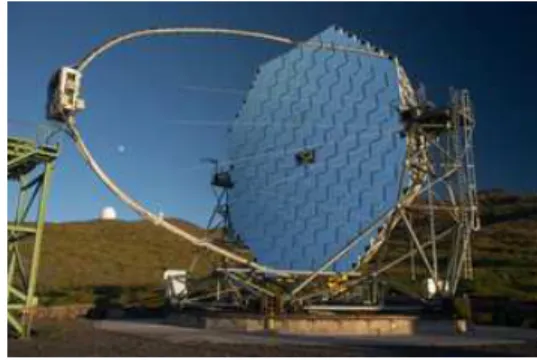ÄHNLICHE DOKUMENTE
The MAGIC energy spectrum (see Figure 2) is compatible both in flux level and photon index with the one measured by HEGRA, and extends it down to 400 GeV.. We do not find any
In the lepton plus jet channel preliminary data-driven techniques have been applied for the determina- tion of the QCD multi-jet contribution to the selected data sample, which
number 5. Turkish elli). The Turkish word bes and its IE. fimf, Germ, fünf, Sanskrit pancan, Av. penj) have a great phonetical similarity0. It is
Prime Minister Mariano Rajoy offered political support for the embattled Greek Prime Minister, Antonis Samaras, by visiting Athens before the 25 January snap general election
The title compound was prepared by mixed aldol condensation of 2-ethylhexanal and acetone, double bond hydrogenation, aldol autocondensation of the resulting saturated ketone and
is a coproduct of X and Y in the category of sets. (40) Show that the category of sets
personnel “who may be temporarily in Belize in connection with military exercises and training, counter-drug related activities, United States security assistance programs, or
Create a dictionar~ entr~ defining nnnn as equivalent to the following sequence of TERSE words.. Set STATE to compile
